Tokyo, Japan
September 15, 2024
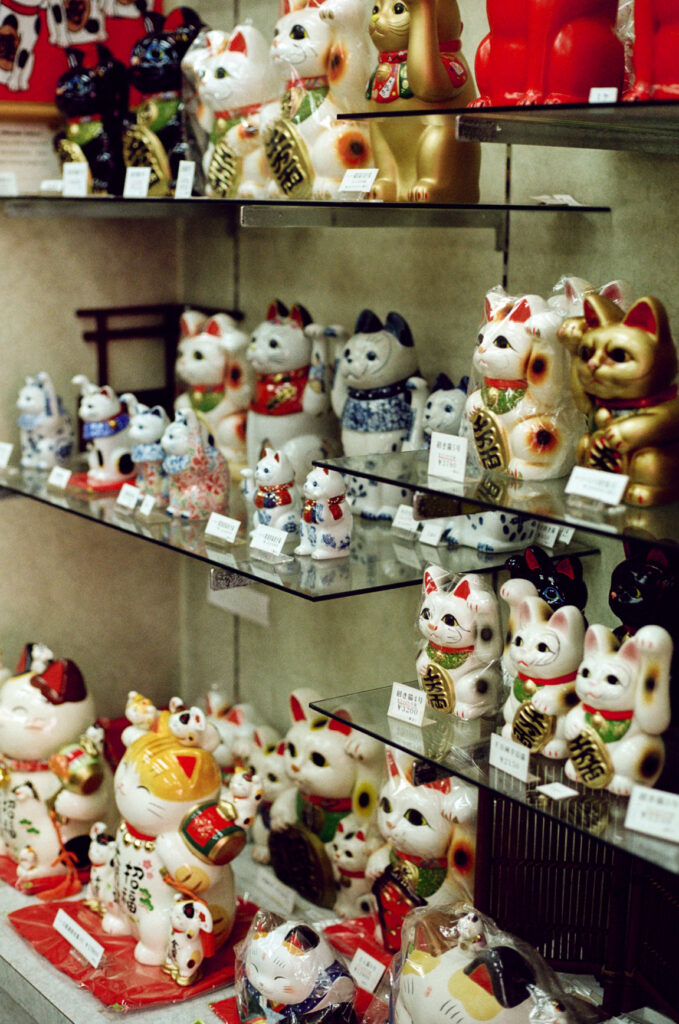
My first ever trip overseas as an adult was to Japan. If you’ve read any of my other journals and are familiar at all with my haphazard style of ‘planning’ (and I use that term loosely), it will come as a shock to hear that on that trip, I made… an excel spreadsheet. I know. Extreme levels of organisation for someone that once had to book accomodation checking into a flight to LA, because they wouldn’t let me into the country without somewhere to stay.
I suppose this is a round-about way of explaining two things. The first being that my Tokyo journal is written from a perspective of someone that has already done The Main Things. I’m talking about the classic ‘must sees’ that pop up with a quick google. This is not from a perspective of superiority, just that Tokyo is such a vast and dynamic city that I felt the few days we had would be better spent on new experiences. The second is that because Tokyo is so large, and because there is so much to do, it’s so tempting to rush around trying to squeeze as much as possible into your time there – hence the spreadsheet on my first visit to the city.
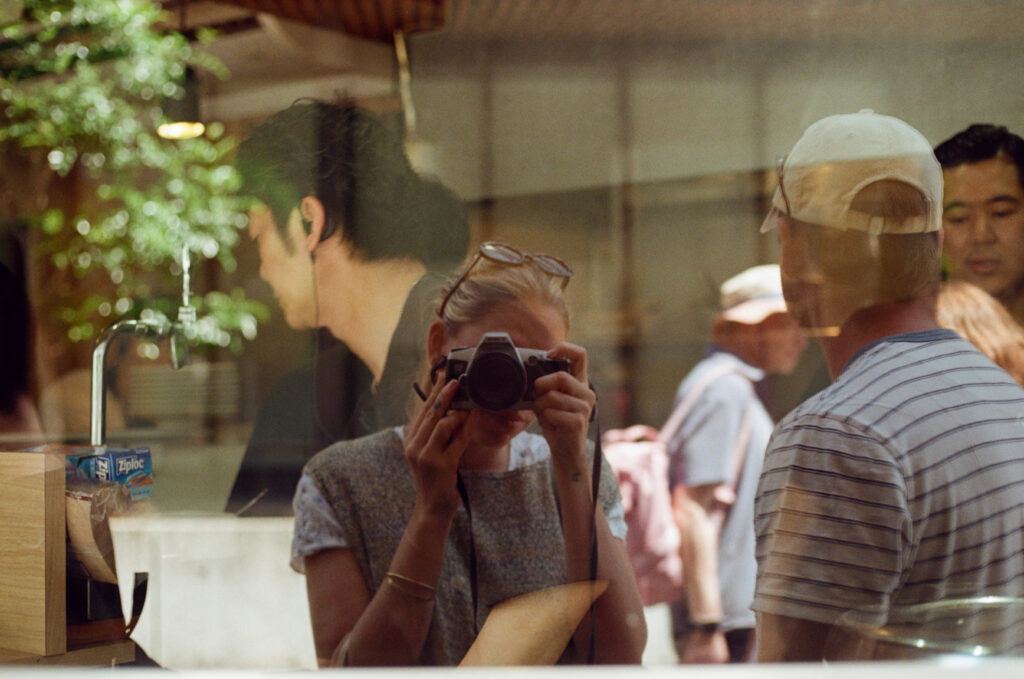
We chose to forgo things such as visiting Tokyo Tower and Team Labs, and instead focused on taking our time to meander through neighbourhoods, explore pottery shops (of course), stop in the labyrinth-like train stations and sit amongst commuters for lunch, enjoy the coffee culture and be guided by recommendations from those we met.
With this in mind, I found it helpful to sort activities and sights into areas of the city and to roughly plan our days around those.
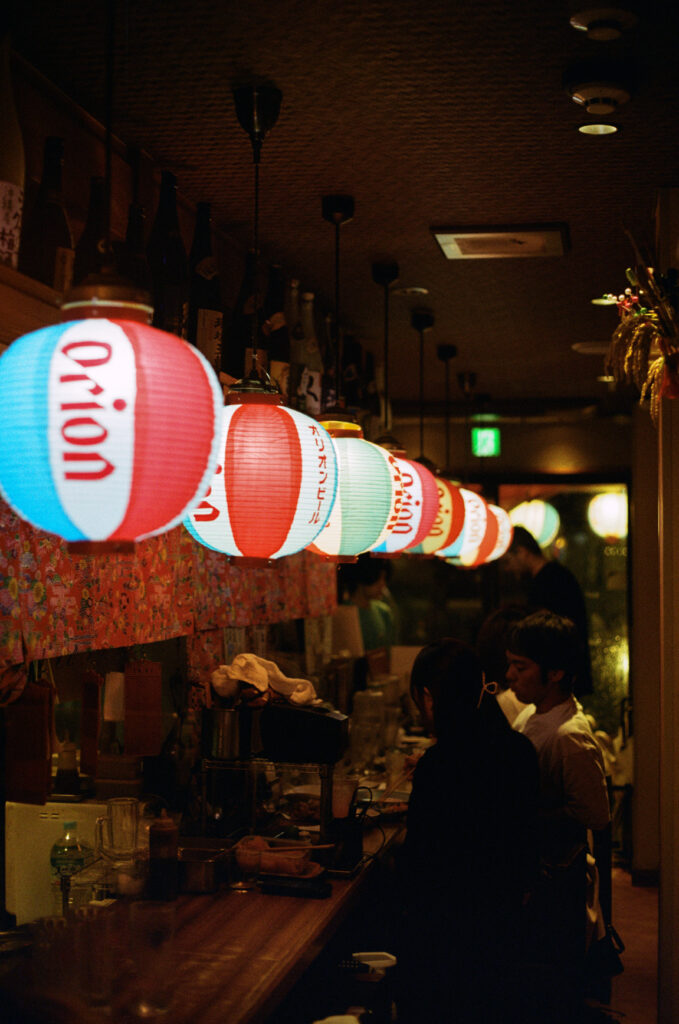
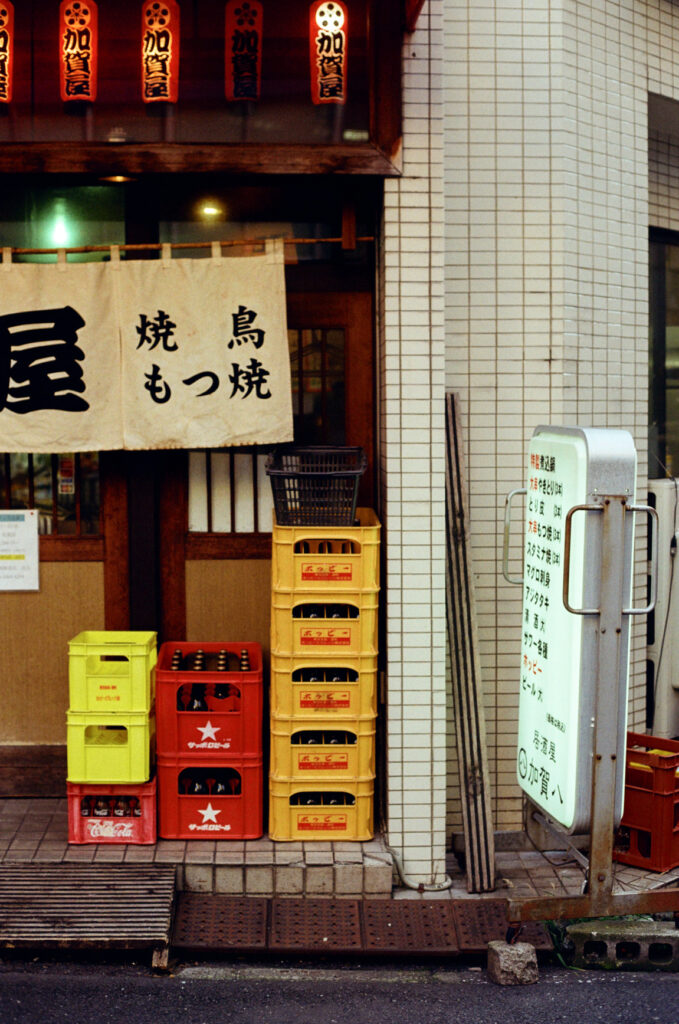
In terms of accommodation in Tokyo, after much internet trawling we had pre-booked Shibuya Stream Hotel and were really looking forward to the stay. (We had also been recommended Indigo Hotel, which is in a similar area). A couple days prior to arriving, we realised that our booking had been accidentally cancelled and were left scrambling in an over-inflated accommodation market for something marginally affordable. Rolling the dice on a hotel that was far cheaper and had some mixed reviews, we ended up booking JR East Hotel Mets and were very pleasantly surprised.
I’m generally unfussed about room size, but Brandon is 6’ 3” and along with our bags, the standard Japanese hotel size left things a little claustrophobic. These rooms were slightly larger, giving us some space to breathe, and – the best part – directly connect to the JR Shibuya station, meaning that it’s a breeze to connect into and out of. The Express Airport line links directly to the hotel, meaning dragging suitcases up staircases is eliminated (IYKYK – as I reflect on those train station staircases now, I swear I get a little sweaty). Take from this journal what you like – if you do decide to opt for the same hotel, you’ll find it a super-central base from which to explore the city.
As an aside, if you are a chamomile connoisseur, do as I say and not as I do and byo herbal teas. In my opinion there is nothing like ending the evening with a warm herbal drop and I didn’t find my beloved peppermint in many places at all.

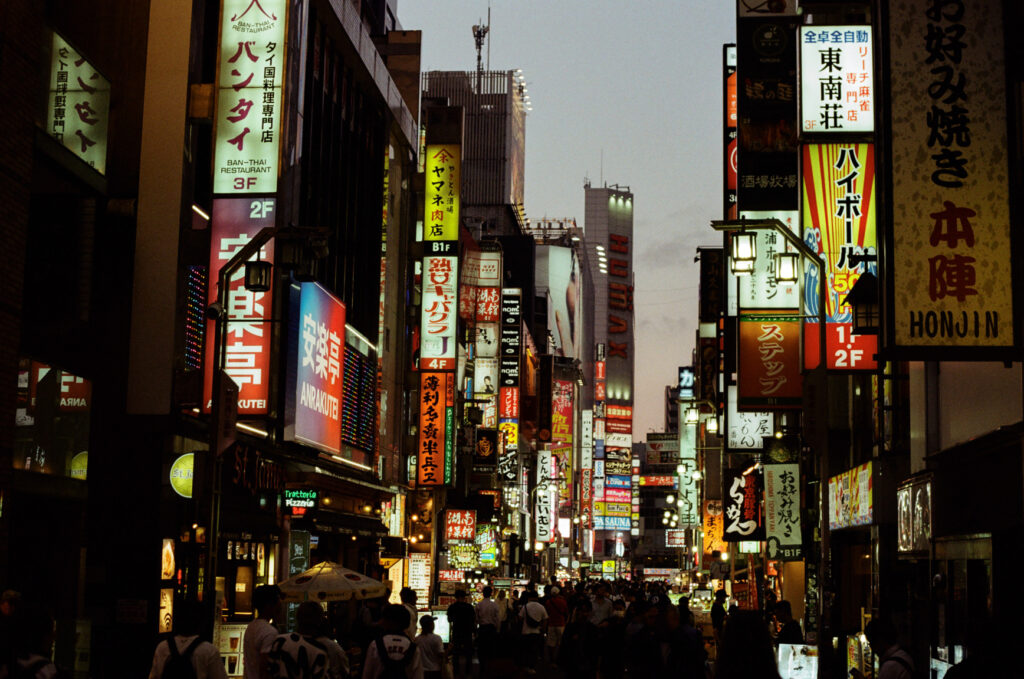
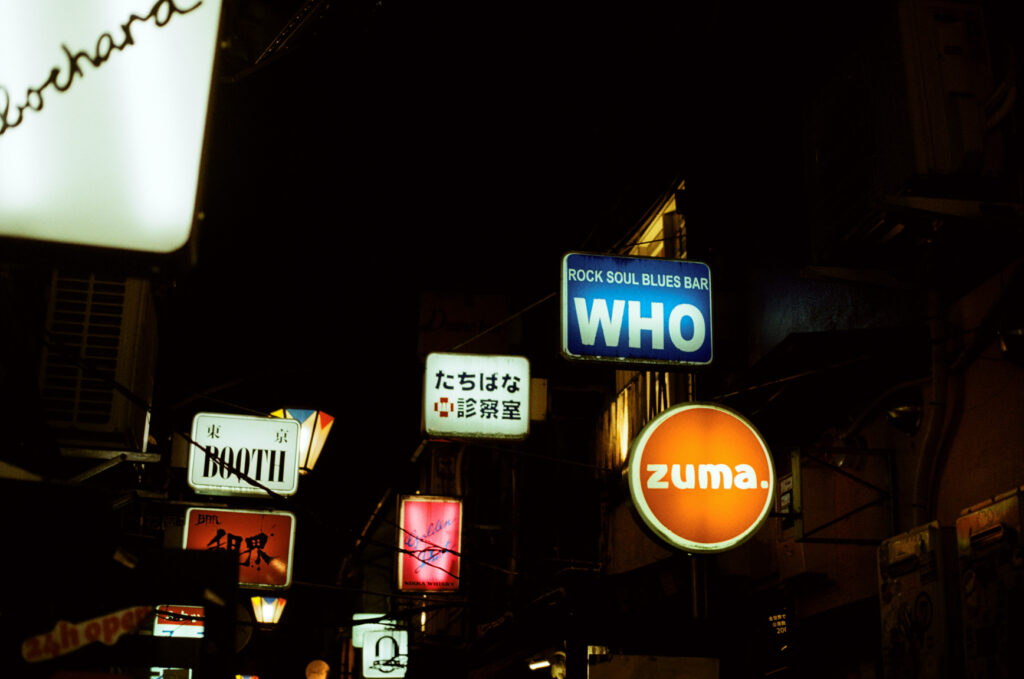
We did book one tour while we were in Japan, this Shinjuku street food tour booked through Airbnb experiences. To be completely honest, I probably wouldn’t recommend it for others. At $150AUD per person, we were told to arrive hungry and were hoping to discover some local izakayas. Instead, the places we visited felt specifically geared to tourists and we didn’t feel like there was heaps of food provided – we took it upon ourselves to make an obligatory stop for sandwiches at 7/11 at the end of the evening. Our tour ended at Golden Gai, which I will also not be rushing back to. As it was my first visit, I’m not sure if this is a recent change (due to the current influx of tourists to Japan), but we found it overpriced, including both the drinks and cover charges, with a super standoffish and unwelcoming vibe. From what I understand, Golden Gai was once (and some bars still remain) genuine local haunts that have been overrun by tourists each night. Acknowledging that we were obviously tourists in this once-local place, it probably explains the chilly reception and as such I wouldn’t recommend to others.
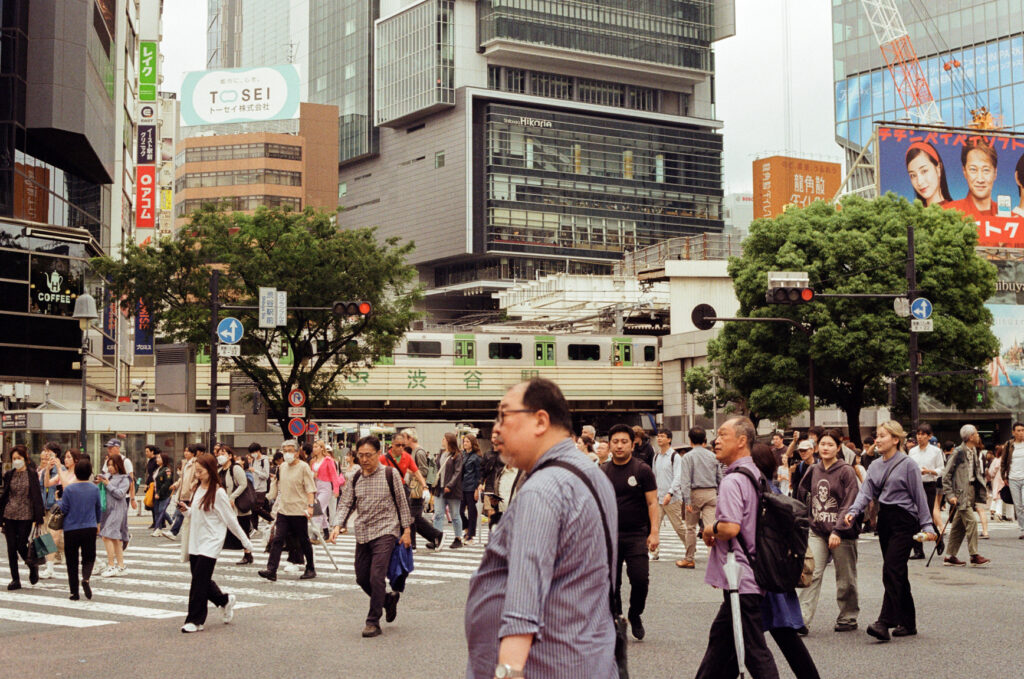
Shibuya
Starting closest to our hotel and working away from there, in Shibuya you’ll want to take a wander around Cat Street. I don’t have any specific places in Shibuya to visit as we ended up just stumbling upon places near our hotel and going from there – although we of course made the essential visit to Shibuya Crossing and Shibuya Loft, a 6-story department store nearby. If you have the chance, I meant to stop into Shozo Coffee Tokyo (near-ish to Cat Street) and to Utsuwa Marukaku in Shibuya for more pottery. Unfortunately we were rapidly approaching our 50kg luggage limit (I know, I know, it sounds crazy in hindsight…) and I was forced to listen to Brandon’s ever-present voice of reason and “not buy anything else”!! I must admit that when we were repacking our bags a third time at the bag drop area of Narita airport, I had to concede that he was right.
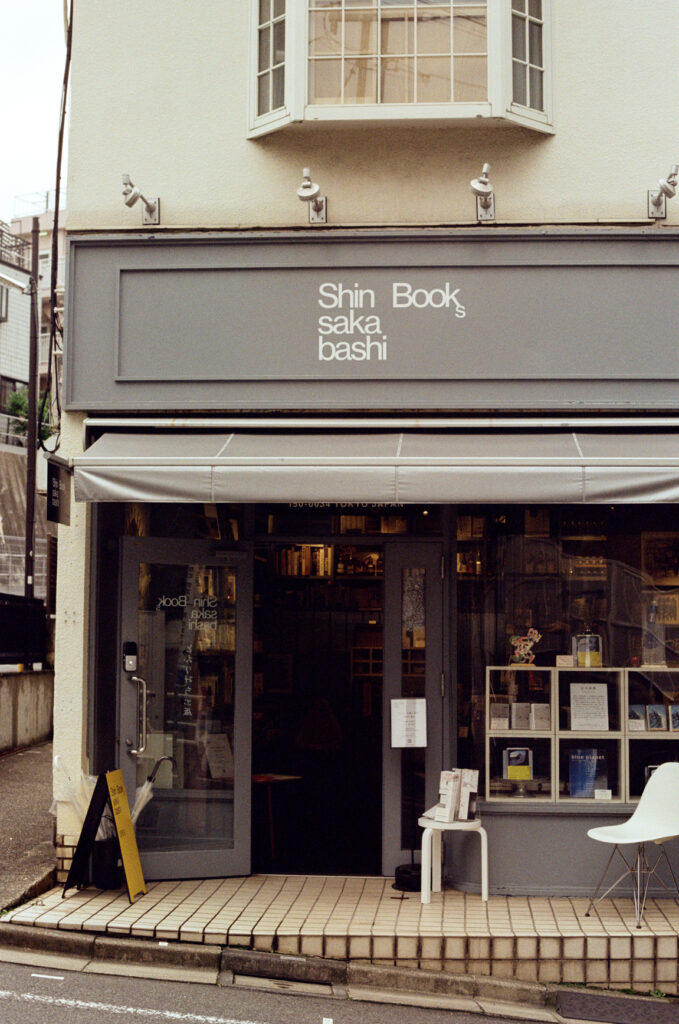


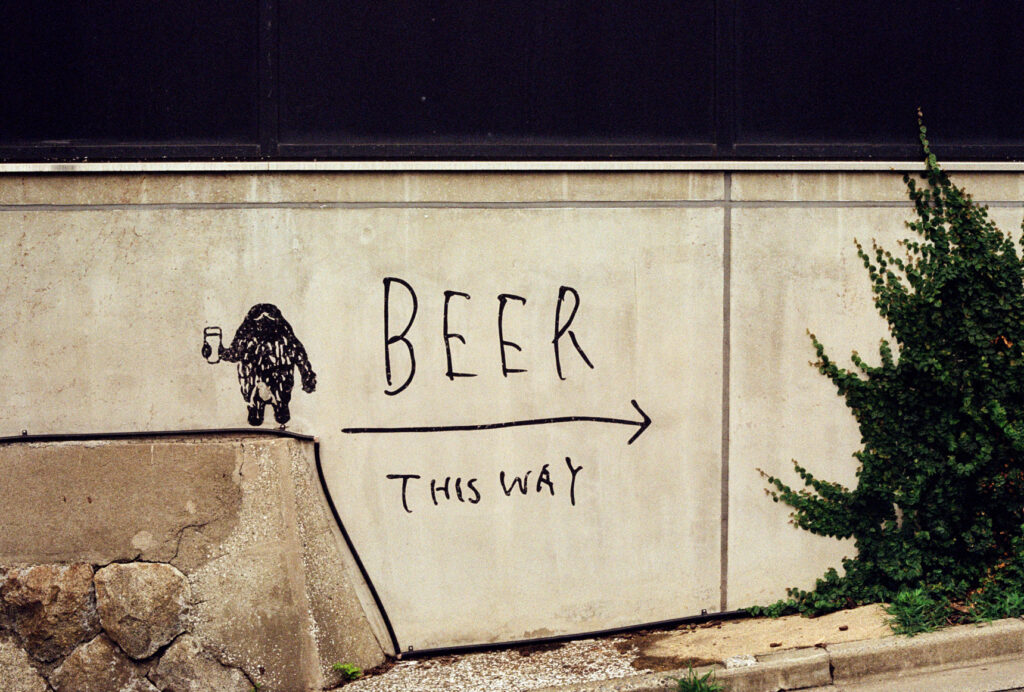
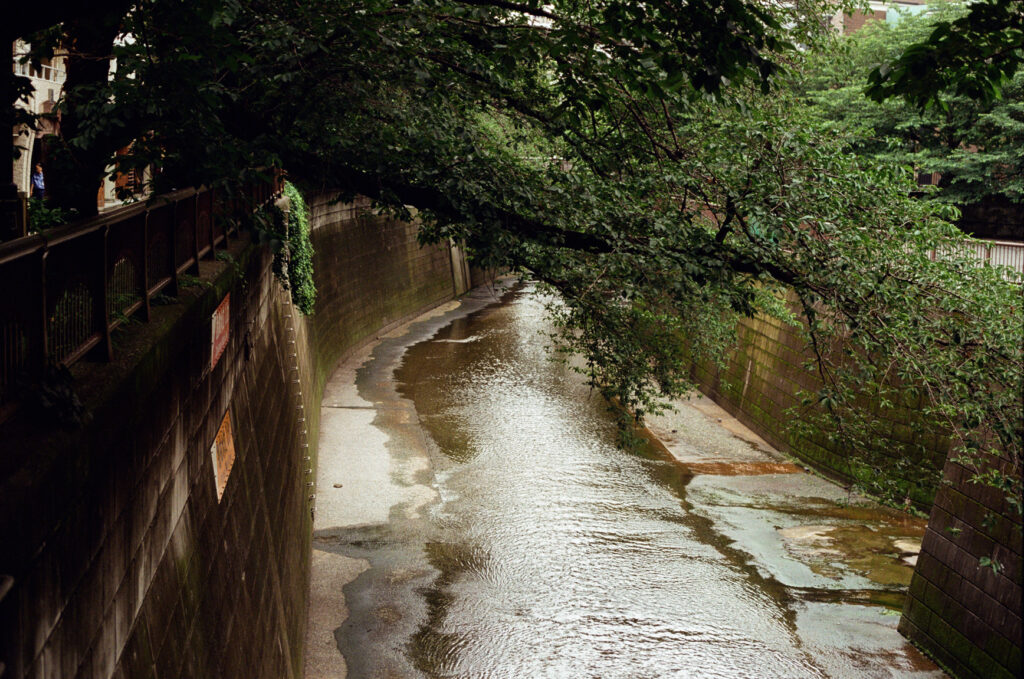
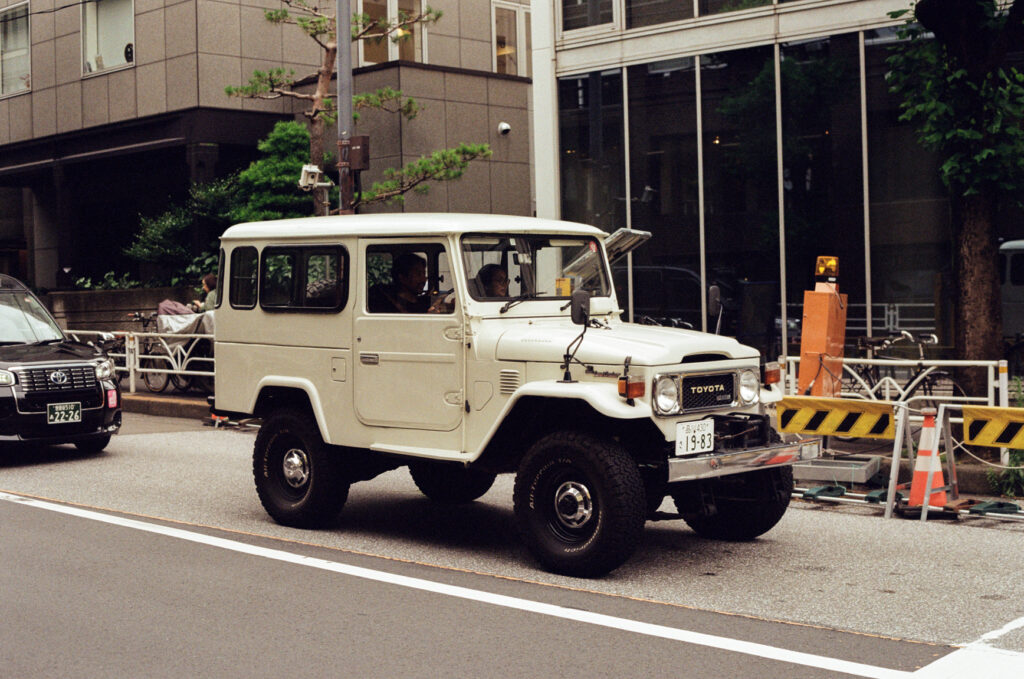
Daikanyama
Within walking distance from Shibuya is Daikanyama, known for its trendy vibe and boasting the Daikanyama T-Site – an aesthetically pleasing complex that houses the Tsutaya bookstore. On the walk from Shibuya to Daikanyama, I came across so many cute boutiques, although one broke my heart when I attempted to buy a cardigan and discovered that it was only the knitting pattern that was for sale (quite embarrassing).
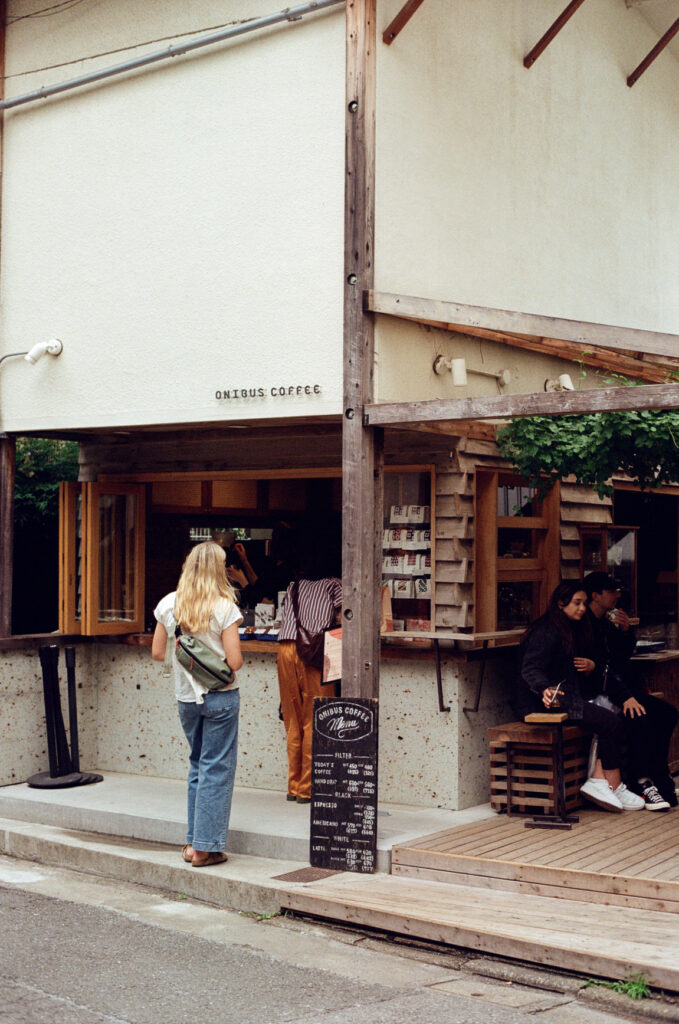
We stopped in for a coffee at Omnibus, which looked beautiful and I had stumbled across on Pinterest (am I showing my millennial here?) prior to visiting. While it really was a lovely building, the staff were blasé to the point of rude. Honestly, I can’t blame them – as from the photoshoot and loudly yapping American tourists that we encountered just while waiting for our coffee – it appears that Omnibus may be a victim of its own internet notoriety. Unfortunately, I think it is the kind of place that has been ruined by 30 second TikToks and reels proclaiming the ’10 must-visit aesthetic coffee shops of Tokyo’. While I am aware of my own hypocrisy in writing about the downfalls of internet publication, the sheer audacity of a scantily-clad instagram shoot happening in the middle of a Japanese coffee shop had me shocked.
Aside from Daikanyama T-Site and Omnibus, we stumbled across Shin Books Sakabashi and Spring Valley Brewery in a super cool pocket of town. If you have the time, I’d definitely come out here to wander through the streets, browse the boutiques and pop in for a craft brew.
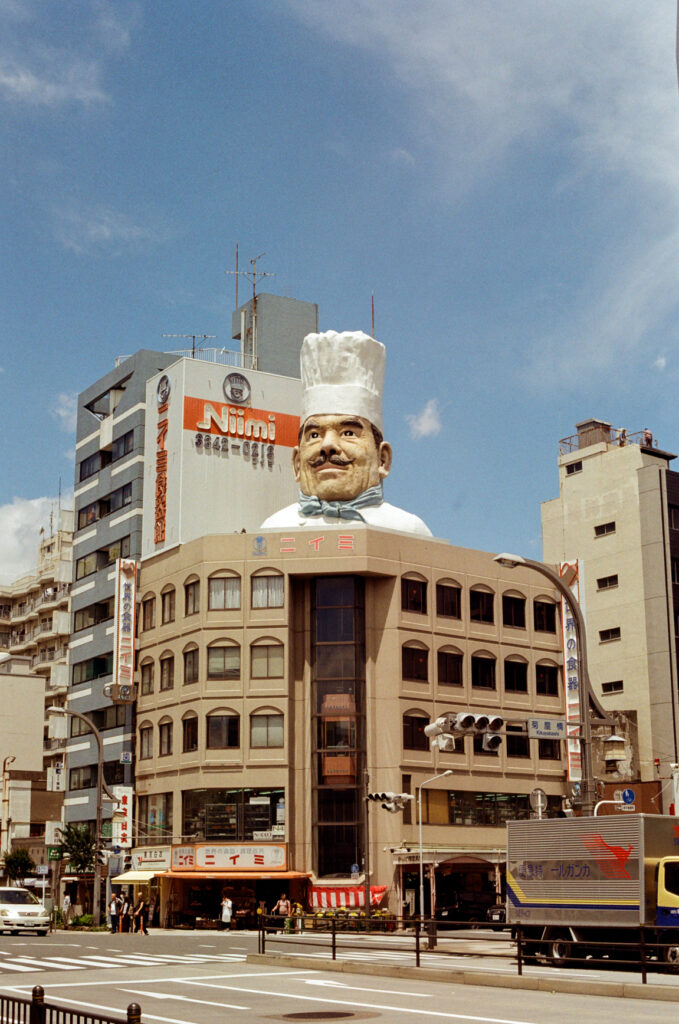
Kappabashi Street
First things first, I have a confession to make. In recent years, I’ve developed myself a couple of habits. First up is postcards: innocuous, inexpensive, and easy to store. It started off sending a postcard to my nan from each place I visited and kind of snowballed from there. The second is… magnets. The more kitsch, the better. Unfortunately I am now beholden to tacky tourist shops, the rush of finding the perfect fridge addition akin to what I imagine Jordan Belfort felt with every sub-prime mortgage security swindle.
Anyway, that’s partly how we ended up in Kappabashi Street. You may be vaguely familiar with the giant chef’s head adorning an intersection’s busy corner – signalling the beginning of a street purveying every kitchen item ever imagined, and probably a few more.
It is in this street that you can visit Tokyo Biken, purveyor of plastic food and a mecca for magnets. Even if you aren’t suffering the acquisition affliction of the magnet-bent, it’s worth a look just for the strange factor – from crepes to ramen, it’s astounding what can be made out of plastic but look so real. It was also in Kappabashi Street that Brandon spent hours (I wish I was exaggerating here) selecting a Japanese kitchen knife for himself and for a friend, which is now his new pride and joy. We ended up buying it from Tsubaya and strangely there are two sides of the store. For some reason the store’s left-hand side was absolutely packed with tourists and the right hand side basically empty, allowing us time to properly browse and then discuss (at length) the different options with the shopkeeper.
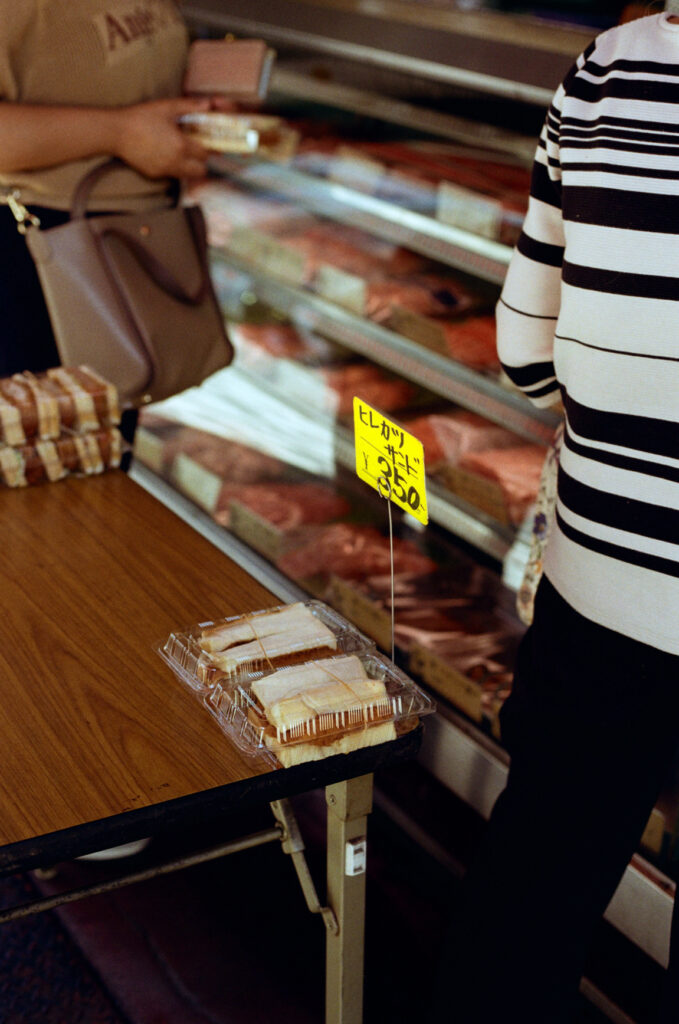
After a period of time listening to the pros and cons of stainless steel vs carbon, my mind was bored and my stomach was empty. I abandoned Brandon in his knife pursuit and followed my nose just down the street to a butcher. It was out the front that they had a little table set up, selling freshly-cooked pork katsu sandos on pillowy bread. It seemed to be quite a popular spot for locals to pop past, and once the sandos were gone, they were gone.

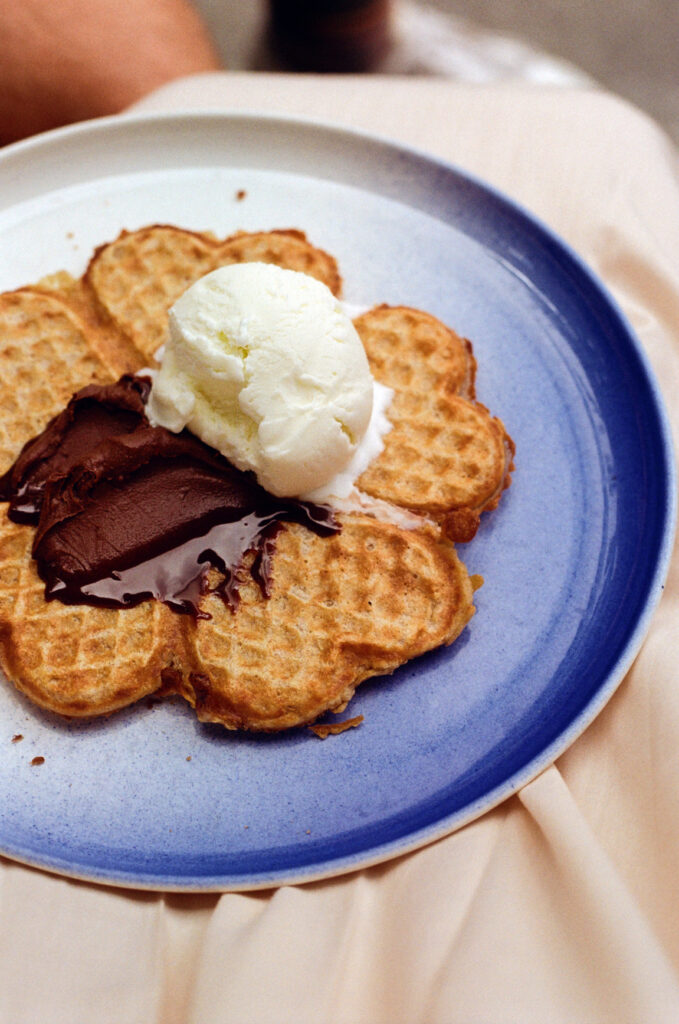
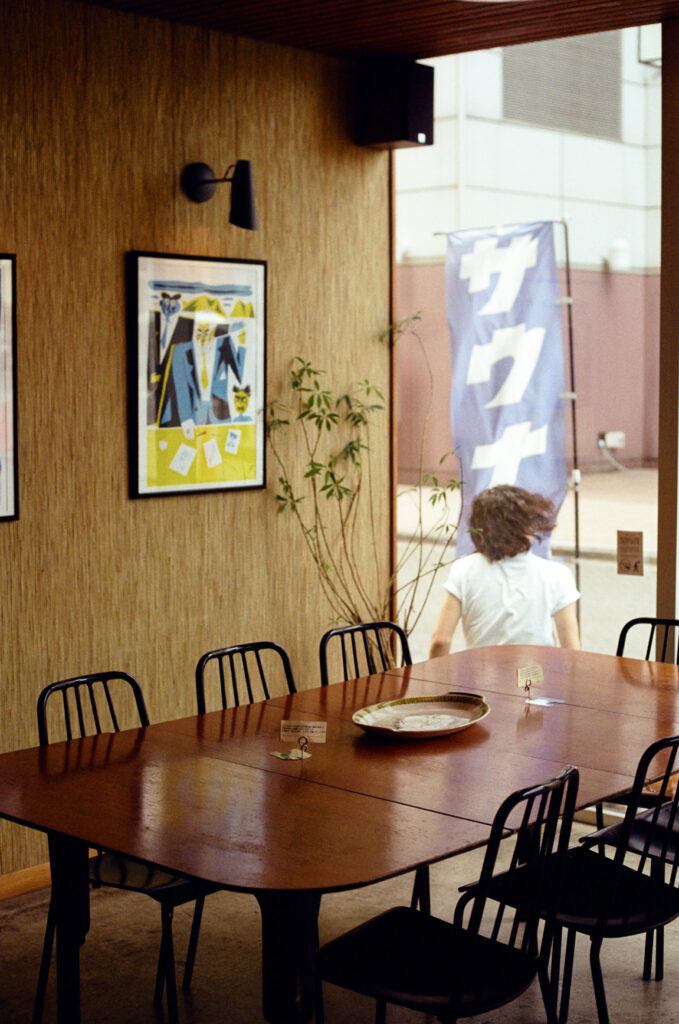
Once the knife was acquired, we had one engraved as it was a gift for our friend’s milestone birthday. While we waited, caffeine was essential, and our shopkeeper friend kindly directed us to Fuglen. The sando had since digested and I was in dire need of caffeination, so we shared a serving of waffles (delicious) and sipped iced lattes while people watching. The Norwegian-inspired interior is lovely, and despite the lunch-hour rush it was a good spot to take a break from wandering.
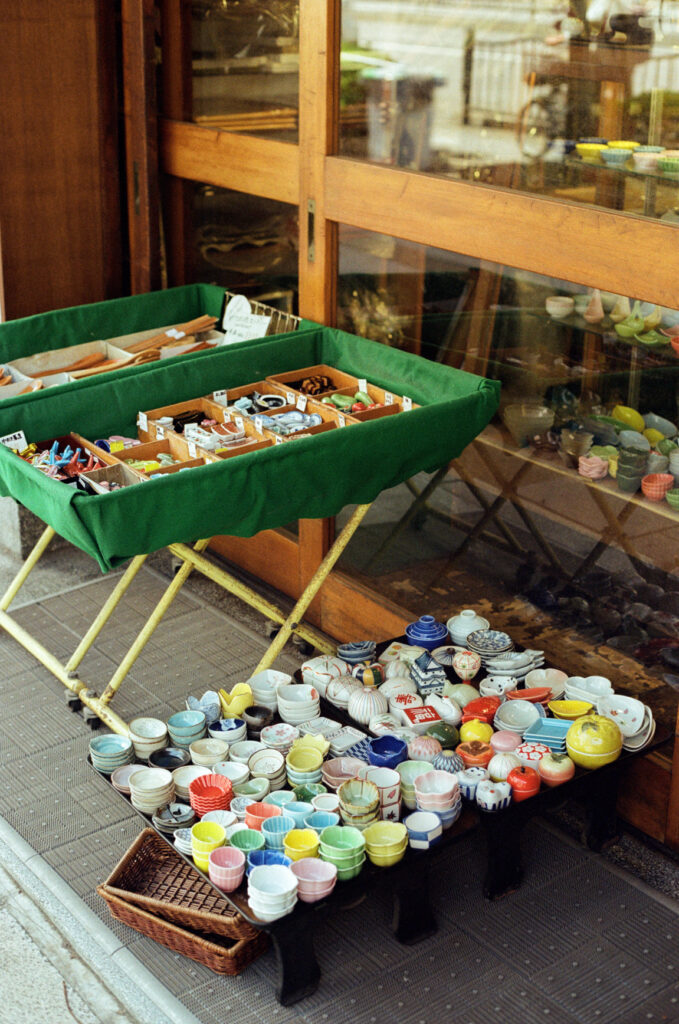
Finally, the pottery shops. If you’ve read my Okinawa journal, you’ll know I have a soft spot for ceramics, and I was overwhelmed by the array in Kappabashi. This was the first place I’d spotted pottery in Tokyo, and I find that it’s always tricky to tell whether you’ll find more later in a less touristy spot, or whether it’s the right time to buy (even though you’re just starting out in the city). I ended up buying a couple of ramen bowls and some plates, and I’m glad I did. It wasn’t handmade, but was still very cute and I didn’t come across any of the same style across the next few days – so if you’re also keen to pick up some pottery, I would say this is a good place.

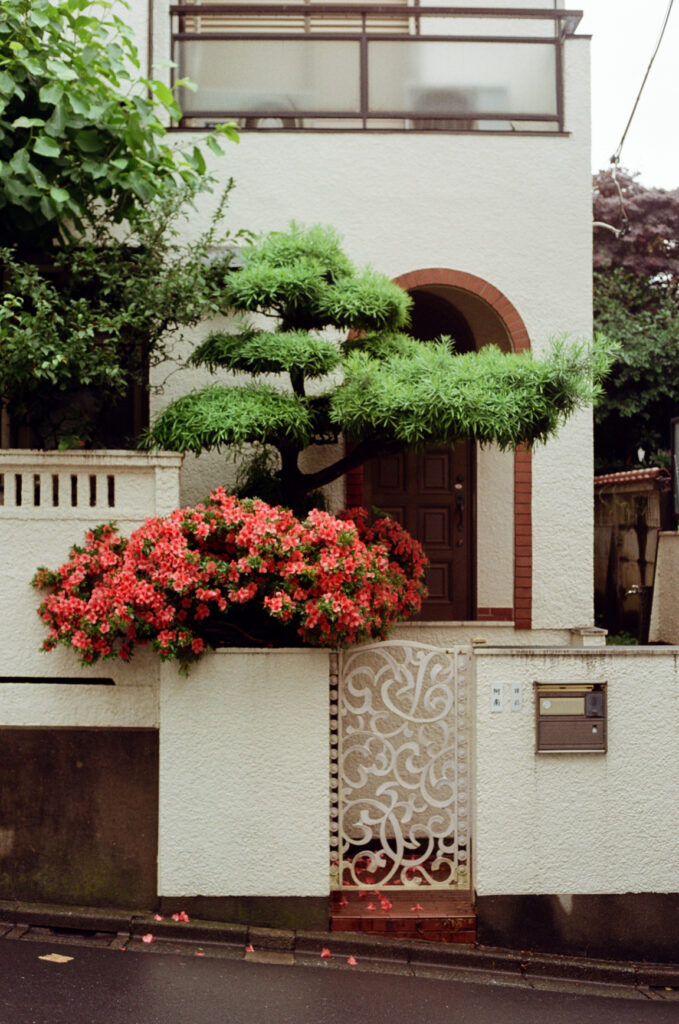
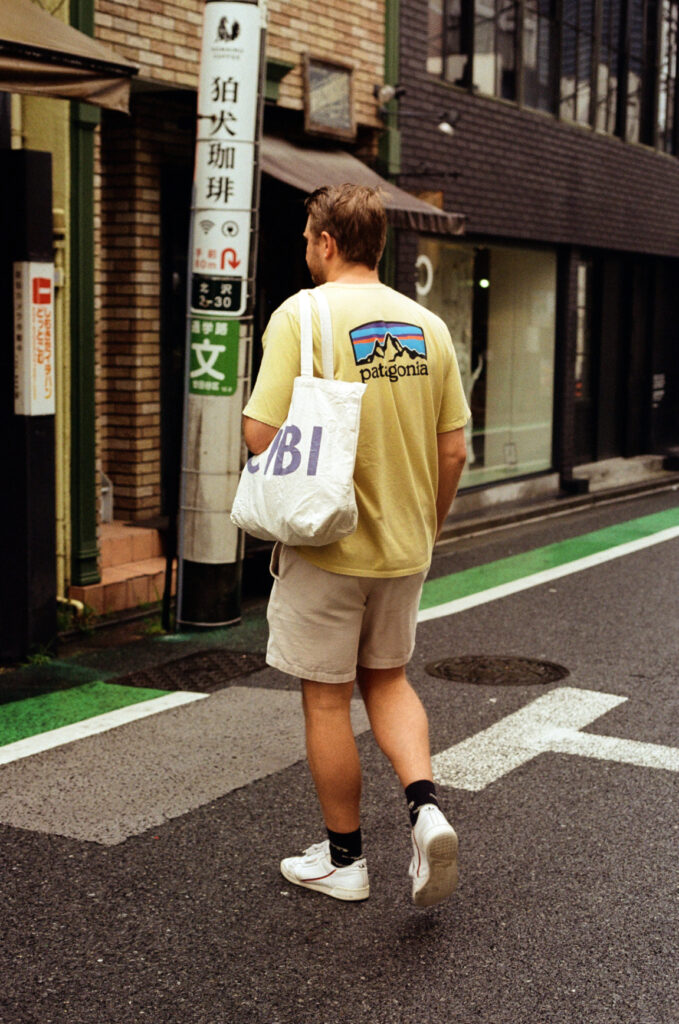
Shimokitazawa
Once a semi-undiscovered but very hip neighbourhood, Shimokitazawa is now very much discovered but remains hip. Packed with vintage shops and cafes, it’s a great area to wander around and people watch in. Note that most things don’t open (in Japan generally I suppose, but particularly this area) until 10 or 11am. While we waited for things to open, we grabbed coffee – of course – and then Brandon decided on a whim to get a haircut. While it took forever, it was unbelievably precise and included not one but two hair washes. Wild.
In terms of vintage shops, my list included A Little Trip to Heaven (loved this shop, the name is accurate), New York Joe, Gaslamp Square and Shimokita Garage Department. If you’re feeling peckish, grab a bagel from Bagel Cafe 88.
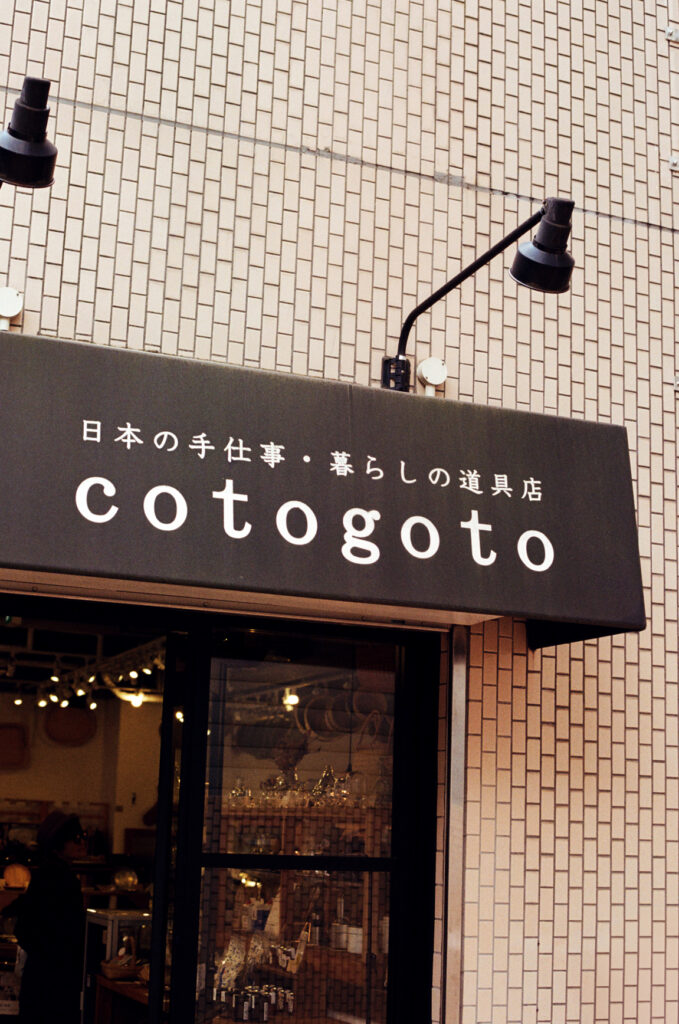
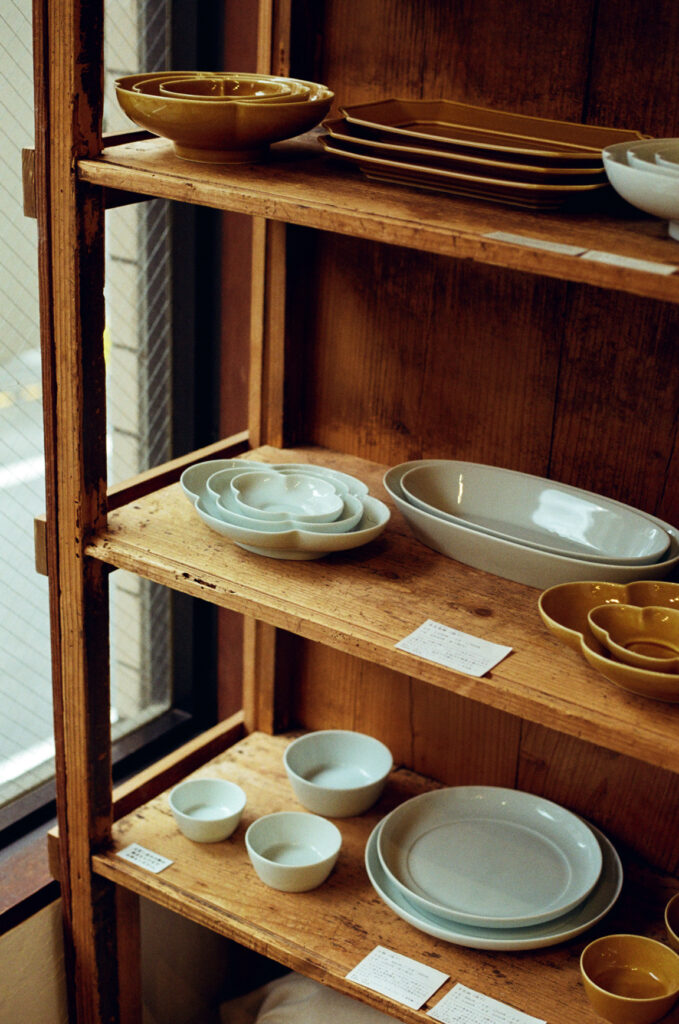
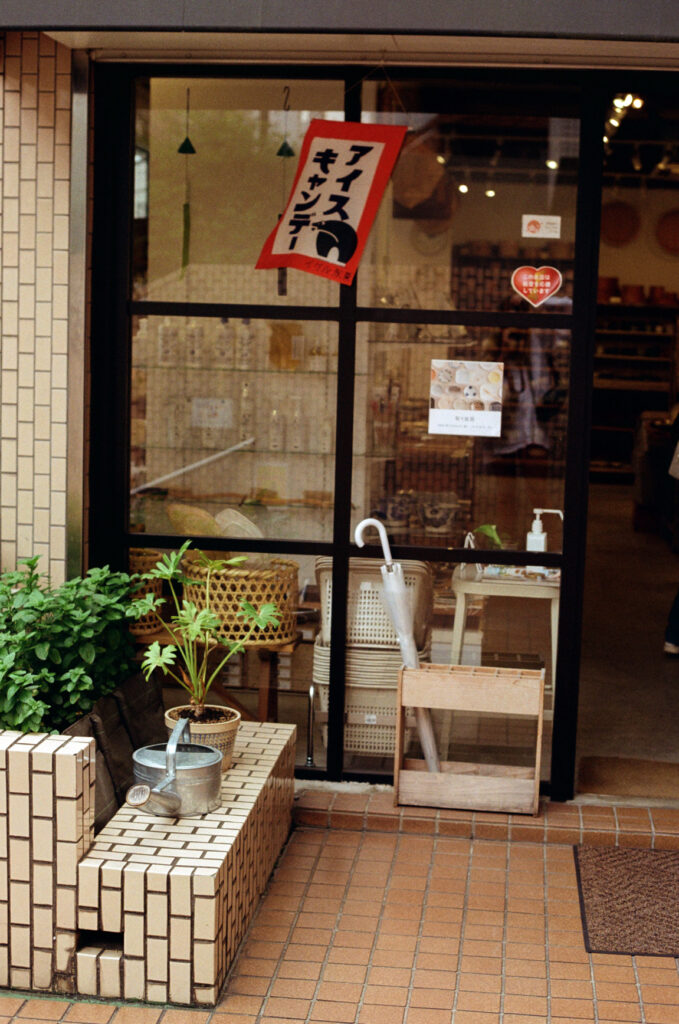

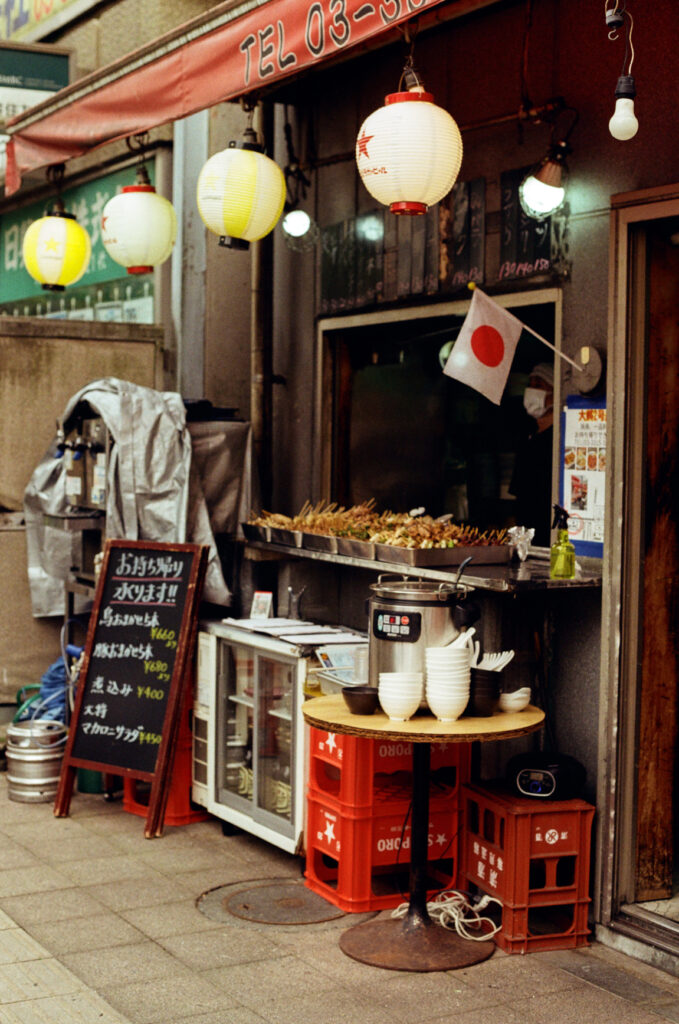
Koenji
For long before we had this trip booked, I had a pottery store called Cogoto saved in my list to visit. Cogoto is located in the suburb of Koenji, which I found to have a similar vibe – although with less tourists – than Shimokitazawa. Upon exiting the station, I walked out and came across a super cool looking izakaya (here is a link to the map location – it has mixed reviews but they all seem kind of random??).
After a small amount of confusion trying to find the Cogoto shop, an inadvertent venture into a residential apartment block and a conversation with a real estate agent using only gestures who kindly directed me around the block, I arrived. If you have an interest in pottery or well-crafted Japanese home items, I would definitely make the effort to visit. I spent so long in this shop. The pottery was beautiful and sourced from different parts of Japan, and there are also quite a lot of nice knick knacks if you would like to buy gifts for home but want to avoid touristy plastic stuff. My tip is to bring your passport!! I forgot mine, but they offer tax free shopping if you do have it. The selection is much more curated than I came across in Kappabashi and priced slightly higher, but they are beautiful pieces and priced accordingly.
After Cogoto, I took some time to look in the vintage shops and came across the perfect pair of vintage OshKosh overalls. Check out Big Time Koenji, Small Change, Top of the Hill, and Used Kuroneko Marine if you do get the chance.

Overall, there was so much we still didn’t get to during our four nights in Tokyo! It is such a huge city and it’s impossible to get to everything. My main piece of advice is to accept that, otherwise you won’t have time for the unexpected discoveries. Even though we only had a limited amount of time, I still found that at the end of each day we had done about 20 thousand steps which is wild (on that – pack comfy shoes). If you have any recommendations for my next visit, drop them in the comments – I’m all ears!
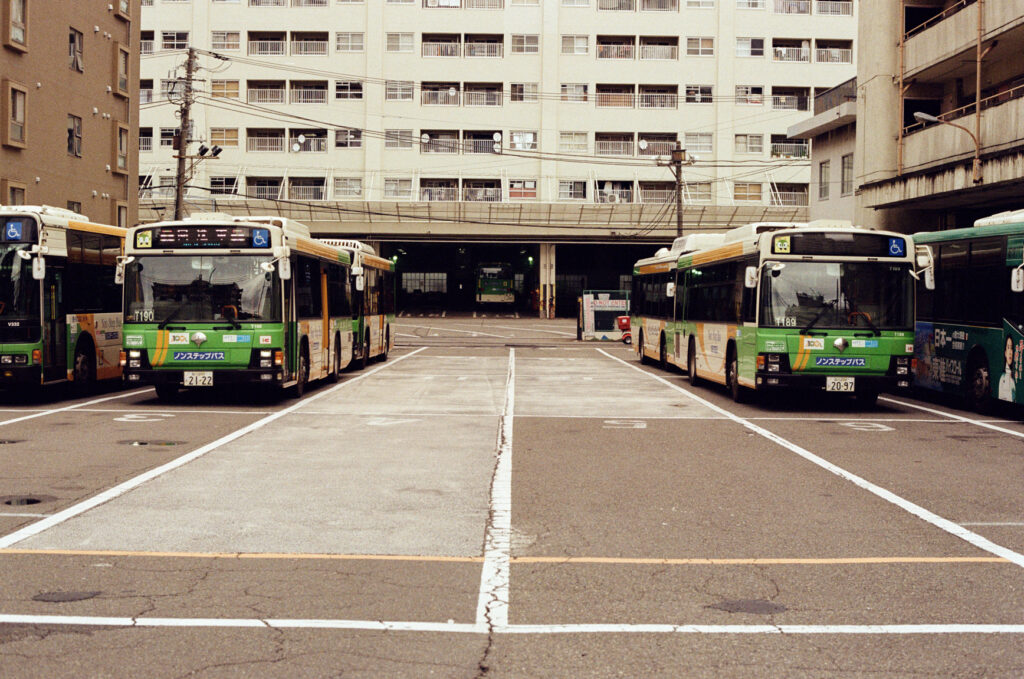
So many good tips ! I want to go pottery shopping !